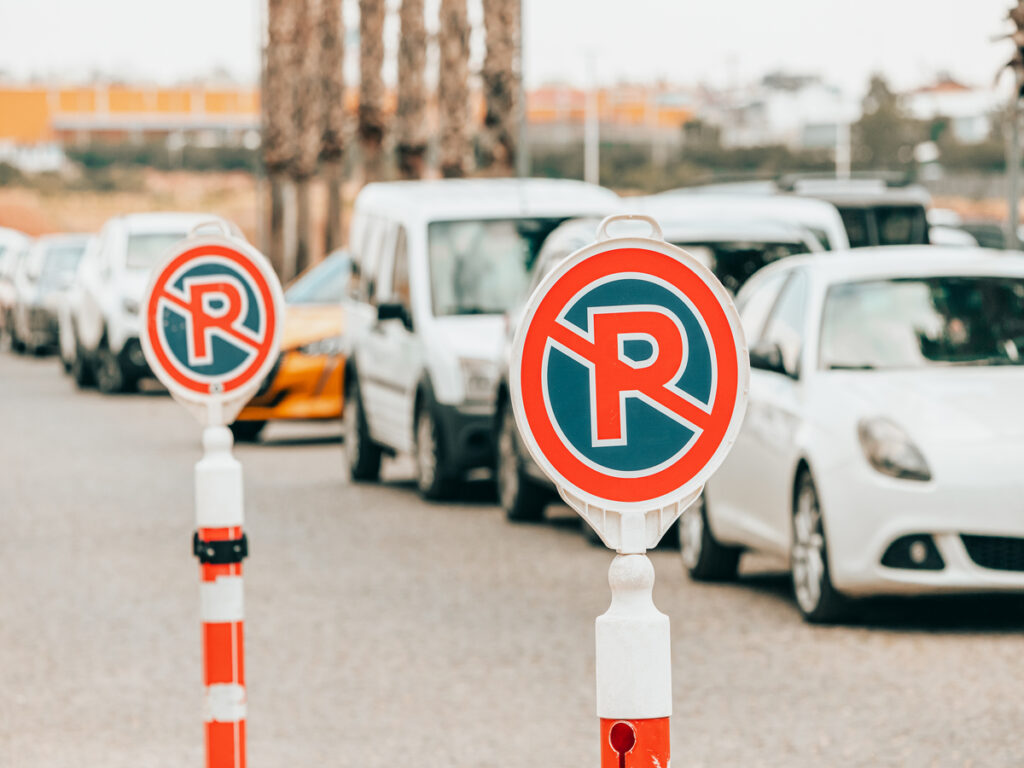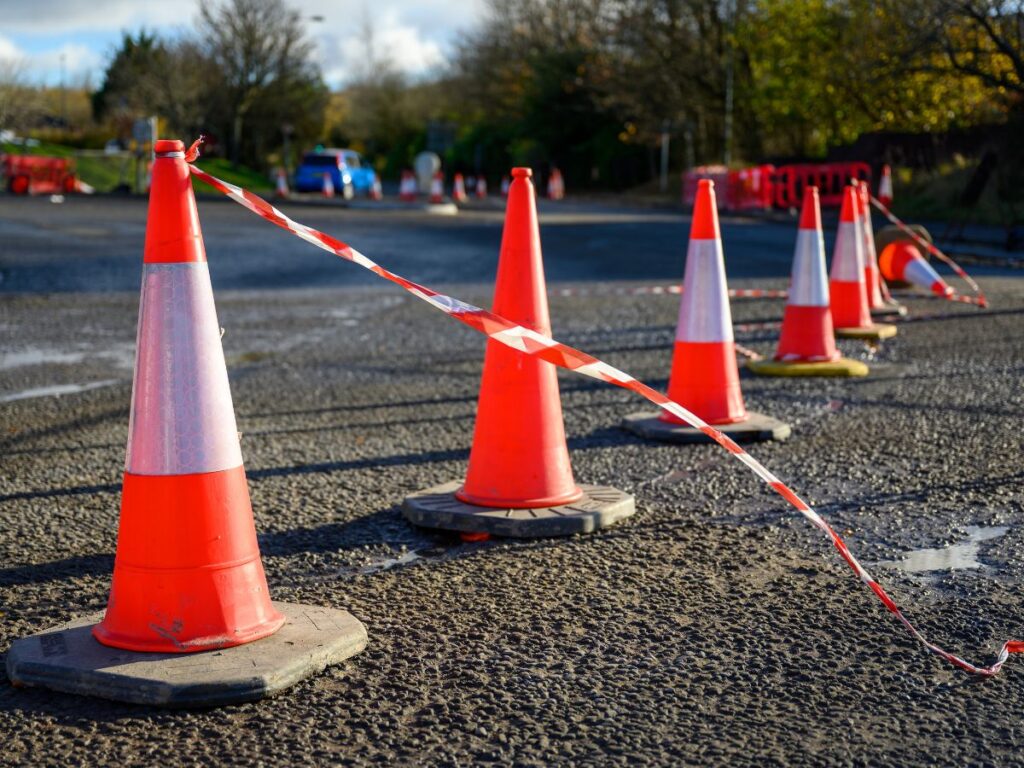
글로벌 인프라 투자의 성장과 지능형 운송 시스템의 유병률 증가와 함께, 교통 안전 콘 산업은 2025. 친환경 디자인에서 스마트 기술에 이르기까지, 교통 원뿔 시장은 다차원 변화를 경험할 것입니다. 이 기사는 이러한 트렌드를 탐색하고 현재 데이터를 사용하여 업계의 미래 발전을 예측합니다..
2024 검토 및 지속적인 트렌드
에 따르면 교통 콘 산업 검토 2024: 맨 위 10 트렌드, 친환경 재료 및 스마트 제품에 대한 수요는 계속 증가했습니다.. 이러한 추세는 지속될 것으로 예상됩니다 2025, 특히 지속 가능성과 스마트 기술 분야에서.
친환경 재료의 사용
다양한 산업에서 지속 가능성에 대한 강조가 증가하고 있음을 알 수 있습니다., 그리고 교통 원뿔도 예외는 아닙니다. 교통 안전 콘 공급 업체는 이제 환경 의식 소비자의 요구를 충족시키기 위해 친환경 재료의 우선 순위를 정하고 있습니다. 이러한 재료에는 재활용 플라스틱 및 생분해 성 대안이 포함됩니다, 생산 및 폐기의 환경 발자국을 크게 줄인다.
연구에 따르면, ~에 2024, 재활용 플라스틱의 시장 규모는 대략 가치가 있습니다. $56 10억, 연간 성장률이 예상됩니다 9.5%, 도달 $61.32 10 억으로 2025. 이 성장은 북미와 유럽에서 특히 강할 것으로 예상됩니다.
교통 원뿔에서 친환경 재료에 대한 경향은이 궤적을 따를 것으로 예상됩니다. 2025, 재활용 플라스틱 및 바이오 플라스틱 사용으로의 전환이 증가함에 따라. 지속 가능성이 제조업체와 소비자 모두에게 더욱 긴급한 우선 순위가됩니다., 친환경 교통 원뿔은 상당한 견인력을 얻게됩니다, 특히 더 엄격한 환경 규정이있는 지역 지속 가능한 제품에 대한 소비자 수요 증가.
스마트 트래픽 콘
트래픽 콘에 기술을 통합하면 기능이 혁명을 일으켰습니다.. 스마트 트래픽 콘은 LED 조명과 같은 고급 기능이 장착되어 있습니다., 센서, IoT 연결. 이러한 혁신은 가시성을 향상시키고 트래픽 관리 및 안전을 향상시키기 위해 실시간 데이터를 제공합니다..
트래픽 콘 공급 업체는이 기술 혁신의 최전선에 있습니다.. 그들은 안전 표준을 충족 할뿐만 아니라 지능형 운송 시스템과 완벽하게 통합하는 제품을 개발하고 있습니다.. 스마트 트래픽 콘을 선택함으로써, 당신은 더 안전하고 효율적인 교통 환경에 기여합니다.
OPT 표시 이 추세를 면밀히 따르고 있습니다, 이 분야에 적극적으로 집중합니다, 안전 표준을 충족 할뿐만 아니라 지능형 운송 시스템과 완벽하게 통합하는 제품 개발에 최선을 다하고 있습니다..
기술 혁신: 업계를 이끄는 스마트 제품

~ 안에 2025, 기술 혁신은 교통 콘 산업의 성장의 핵심 동인이 될 것입니다.. 스마트 트래픽 콘은 트래픽 관리 및 안전성을 향상시키는 데 도움이됩니다..
LED 조명 및 반사 재료
LED 기술이 계속 발전함에 따라, 트래픽 콘의 가시성은 상당한 개선이 가능합니다.Global Smart LED 조명 시장은 USD로 평가되었습니다. 27.32 10 억입니다 2024. 복합 연간 성장률로 성장할 것으로 예상됩니다. (cagr) ~의 14.9% ~에서 2025 에게 2030.이러한 성장은 전 세계 정부의 지속 가능한 조명 솔루션에 대한 초점이 증가함에 따라 발생합니다., 스마트 주택의 빠른 확장뿐만 아니라. 무선 광학 네트워킹 데이터 전송과 같은 기술의 인식 상승 및 사물의 인터넷 (IoT) 또한 스마트 LED 조명 산업에서 경쟁을 강화했습니다..
앞으로 기대합니다 2025, 트래픽 콘에 스마트 LED 조명 사용, 반사 재료의 최신 발전과 결합, 주요 트렌드가 될 것으로 예상됩니다. 이 콘은 가시성을 향상시킬뿐만 아니라 더 나은 트래픽 관리를위한 실시간 데이터를 제공합니다.. 반사 재료, 야간 가시성을 향상시킵니다, LED 조명과 점점 더 통합 될 것입니다, 다양한 조건에서 트래픽 콘을 더 효과적으로 만듭니다. 에 의해 2025, 이 똑똑한 채택, 에너지 효율적인 트래픽 콘은 더 안전한 도로 인프라에 대한 수요 증가를 충족시키는 데 중요한 부분이 될 것입니다..
자동화 및 경고 시스템
자동화는 트래픽이 어떻게 작동하는지 혁명에 혁명을 일으켰습니다. 많은 도로 교통 원뿔이 이제 내장되어 있습니다 센서 그리고 IoT 기술, 그것들을 변환합니다 스마트 트래픽 콘. 이 도로 교통 원뿔은 도로 조건의 변화를 감지 할 수 있습니다., 장애물이나 사고와 같은, 트래픽 관리 시스템에 실시간 경고를 보냅니다. 이 기능을 통해 당국은 신속하게 대응할 수 있습니다, 중단을 최소화하고 안전을 향상시킵니다.
일부 스마트 콘도 포함됩니다 자동 경고 시스템. 이 시스템은 가청 경고 또는 번쩍이는 조명을 방출하여 잠재적 위험에 대해 운전자에게 경고 할 수 있습니다.. 예를 들어, 트래픽 콘이 고속으로 다가오는 차량을 감지하는 경우, 경고 시스템을 활성화하여 운전자에게 경고하고 충돌 위험을 줄일 수 있습니다..
산업 보고서에 따르면 Sciencedirect.com, 트래픽 콘에 자동화 및 경고 시스템의 통합으로 인해 도시 지역의 트래픽 흐름이 향상되고 사고율이 감소했습니다..
앞으로 기대합니다 2025, 이러한 발전은 교통 관리에서 혁신의 역할 증가를 강조합니다.. 자동화 된 도로 트래픽 콘의 채택은 더 똑똑한 생성에 중요한 역할을합니다., 도로 안전에 대한보다 반응적인 접근.
지속 가능성과 친환경 개발: 산업의 녹색 변화를 주도합니다
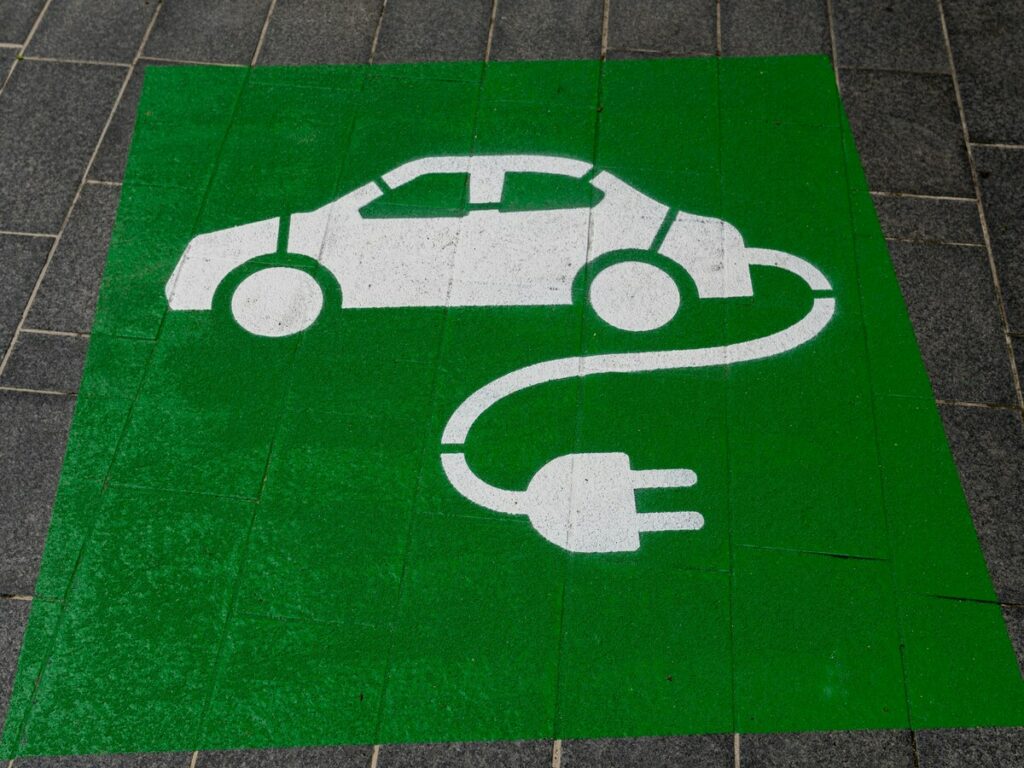
환경 지속 가능성에 대한 글로벌 초점이 증가함에 따라, 트래픽 콘 산업은 더 친환경적인 솔루션으로 나아가고 있습니다. 에 의해 2025, 친환경 자료는 시장 점유율을 확대하고 주류가 될 것으로 예상됩니다..
녹색 재료의 사용
녹색 재료로의 전환은 트래픽 콘이 생산되는 방식을 변화 시켰습니다.. 제조업체는 이제 재활용 플라스틱 및 생분해 성 재료와 같은 지속 가능한 옵션을 우선시합니다.. 이러한 선택은 폐기물을 줄이고 생산의 환경 영향을 최소화합니다.. 기존의 플라스틱으로 만든 전통적인 원뿔과 달리, 분해하는 데 수세기가 걸릴 수 있습니다, 녹색 재료는 더 빨리 분해되고 더 적은 오염 물질을 남겨 둡니다..
그만큼 나무에서 플라스틱으로 교통 원뿔의 진화 재료 과학의 중요한 단계를 두려워했습니다. 오늘, 재활용 가능하고 지속 가능한 재료의 도입은 폐기물과 오염 감소에 또 다른 도약을 나타냅니다..
재생 가능한 자원으로 만든 트래픽 콘을 찾을 수 있습니다, ~와 같은 생체 플라스틱, 옥수수 전분 또는 사탕 수수와 같은 천연 물질에서 파생 된. 이러한 재료는 탄소 발자국을 낮추는 것뿐만 아니라 글로벌 지속 가능성 목표와 일치합니다.. 녹색 재료로 만든 원뿔을 선택함으로써, 당신은 환경 책임을 적극적으로 지원하고 더 깨끗한 행성에 기여합니다..
탄소 발자국 감소
트래픽 콘 생산의 탄소 발자국을 줄이는 것은 제조업체의 핵심 초점이되었습니다.. 고급 제조 기술은 이제 생산 중에 에너지 소비를 낮추고 배출량이 줄어 듭니다.. 이 변화는 환경에 도움이되며 친환경 제품에 대한 수요 증가와 일치합니다..
지속 가능한 트래픽 콘 홀더, 재활용 가능한 재료로 제작되었습니다, 탄소 발자국을 줄이려는 업계의 약속을 더욱 향상시킵니다. 이러한 혁신은 환경 책임에 대한 광범위한 경향을 반영합니다.
OPT 표시 저탄소 제조에 중점을 둔 제품을 선택함으로써 이미이 전환에 적극적으로 참여하고 있습니다.. 원료 조달에서 최종 제품 제조까지, 모든 단계는 더 녹색 미래에 기여합니다. 이러한 노력을 지원함으로써, OPT 표시 교통 안전 솔루션이 환경을 보호하면서 효과적인지 확인합니다..
인프라 투자 및 시장 수요
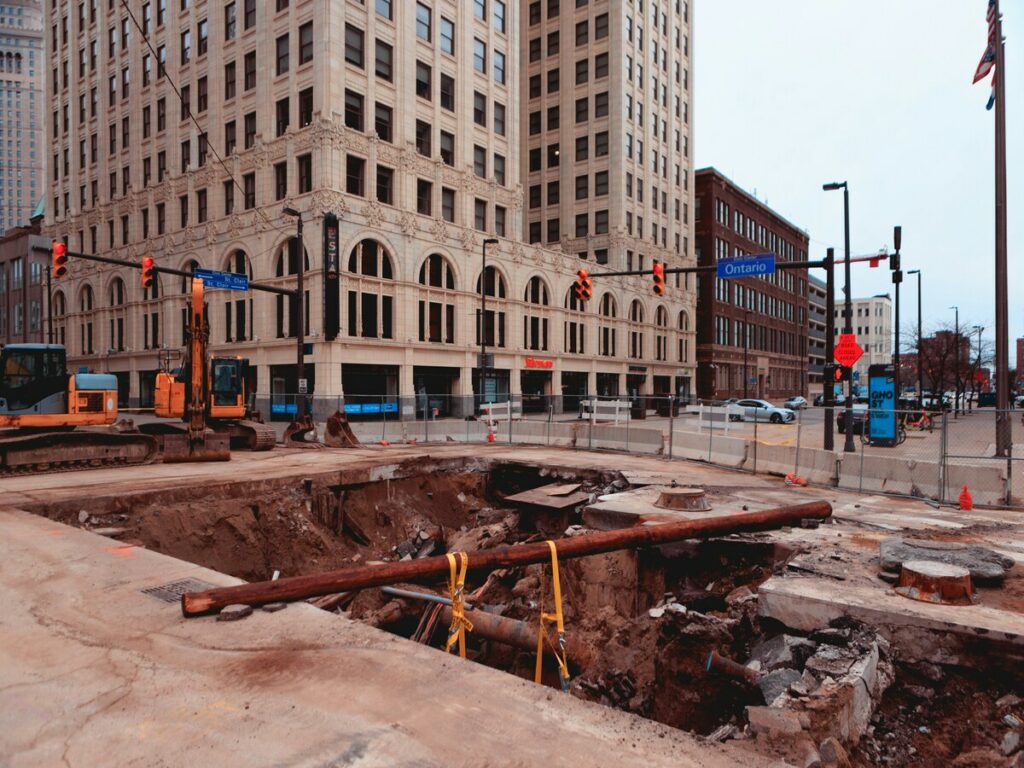
글로벌 인프라 개발은 트래픽 원가에 대한 수요에 직접적인 영향을 미칩니다.. 보고서에 따르면 인프라는 2025, 도로 건설 및 수리 프로젝트에서 예상되는 상당한 지출로. 이것은 트래픽 콘에 대한 수요를 크게 향상시킬 것입니다.
도로 건설 및 수리
인프라 개발은 계속해서 트래픽 콘에 대한 수요를 주도합니다., 특히 도로 건설 및 수리 프로젝트에서. 전 세계 정부는 경제 성장과 도시화를 지원하기 위해 교통 네트워크에 많은 투자를하고 있습니다.. 이러한 투자는 효과적인 트래픽 관리 도구에 대한 상당한 필요성을 만듭니다., 안전성과 효율성을 보장하는 데 중요한 역할을하는 트래픽 콘이.
시장 분석에 따르면, 글로벌 인프라 지출이 초과 될 것으로 예상됩니다 $9 바이 2025. 이러한 투자 급증은 트래픽 원가에 대한 수요를 직접 늘릴 것입니다., 특히 도로 네트워크가 빠르게 확장되는 개발 도상국에서.
도로 건설 프로젝트는 종종 근로자를 보호하고 운전자를 보호하기 위해 작업 구역을 명확하게 묘사해야합니다.. 트래픽 콘은 이러한 시나리오에서 필수 도구 역할을합니다, 트래픽을 리디렉션하고 사고를 최소화하는 데 도움이됩니다. 가시성과 이식성은 역동적이고 고위험 환경을 관리하는 데 필수 불가결하게 만듭니다..
새로운 건축 외에도, 유지 보수 활동은 또한 수요 증가에 기여합니다. 선진국의 노후화 인프라에는 빈번한 수리가 필요합니다, 작업 영역을 효과적으로 관리하기위한 트래픽 콘이 꾸준히 필요합니다.. 고품질 콘을 선택함으로써, 이러한 중요한 프로젝트에서 진화하는 표준에 대한 안전 및 준수를 보장 할 수 있습니다..
교통 안전 및 규정: 혁신을 주도하는 엄격한 표준

교통 안전 규정이 더 엄격해질 것입니다 2025, 교통 원뿔의 높은 안전 표준에 대한 수요를 유발.
새로운 규정
교통 안전 산업의 새로운 규정은 트래픽 콘이 설계 및 사용되는 방식을 재구성하고 있습니다.. 정부와 규제 기관은 도로 안전을 강화하고 사고를 줄이기 위해 엄격한 표준을 도입하고 있습니다.. 이러한 변화는 가시성 향상에 중점을 둡니다, 내구성, 그리고 기능성, 트래픽 콘이 최고 안전 요구 사항을 충족하도록합니다.
제조업체는 연구 개발에 투자함으로써 이러한 규정에 응답하고 있습니다.. 그들은 현대 인프라의 요구를 해결하면서 새로운 표준을 준수하는 혁신적인 제품을 만들고 있습니다.. 이제 향상된 반사율과 같은 기능이 장착 된 트래픽 콘을 찾을 수 있습니다., LED 조명, 자동 경고 시스템. 이러한 발전은 법적 요구 사항을 충족 할뿐만 아니라 전반적인 트래픽 관리를 향상시킵니다..
엄격한 표준의 도입은 또한 비상 대비의 중요성을 강조합니다.. 긴급 상황에 사용되는 트래픽 콘은 이제 빠른 배치 및 높은 가시성에 대한 특정 지침을 준수해야합니다.. 이것은 중요한 순간에 차량과 보행자를 효과적으로 안내 할 수 있도록합니다..
지능형 운송 시스템과의 통합
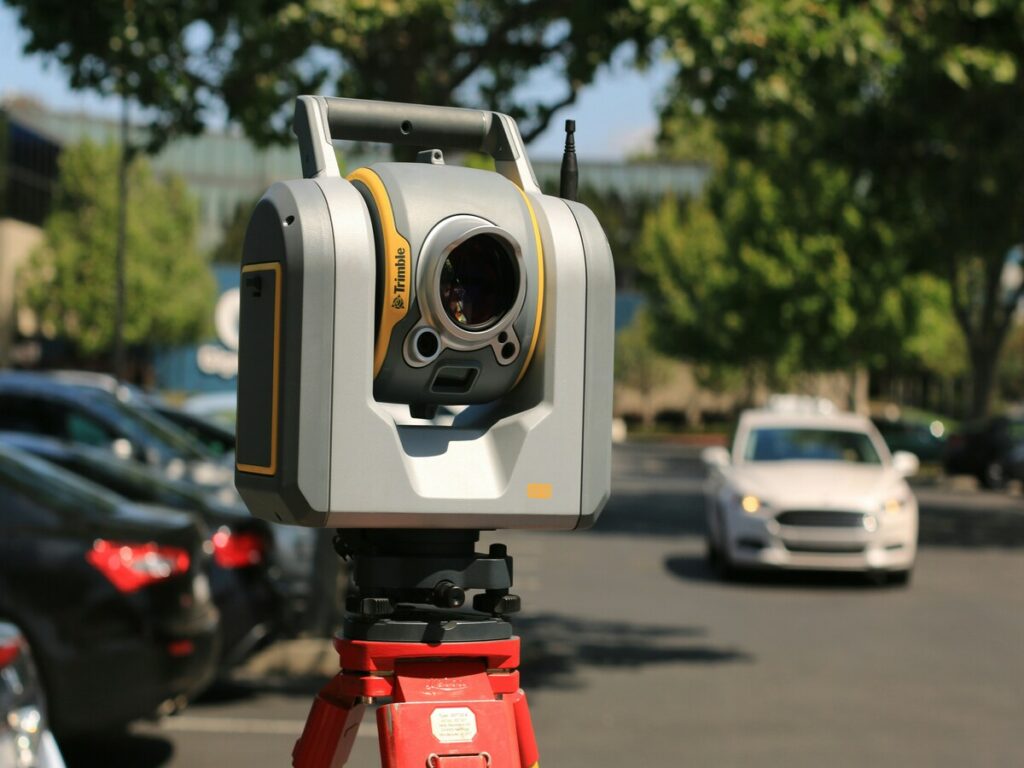
교통 안전 규정이 더 엄격해질 것입니다 2025, 교통 원뿔의 높은 안전 표준에 대한 수요를 유발.
스마트 트래픽 콘 기능
스마트 트래픽 콘은 최첨단 기능을 통합하여 목적을 재정의했습니다.. 이 원뿔에는 이제 센서가 포함되어 있습니다, IoT 연결, 실시간 데이터 전송 기능. 그들은 마크 경계보다 더 많은 일을합니다; 그들은 도로 안전 및 효율성을 향상시키기 위해 교통 관리 시스템과 적극적으로 통신합니다..
예를 들어, 센서가 장착 된 스마트 콘은 도로 조건의 변화를 감지 할 수 있습니다., 잔해 또는 사고와 같은. 그들은 즉시이 정보를 교통 통제 센터에 전송합니다, 당국이 더 빨리 대응하고 잠재적 위험을 줄일 수있게합니다.
이 오렌지 트래픽 콘은 트래픽 패턴 관리를 지원합니다.. 차량 흐름 및 혼잡에 대한 데이터를 수집함으로써, 그들은 교통 신호를 최적화하고 차량을 다시 경주하기위한 귀중한 통찰력을 제공합니다.. 이 기능은 교통량이 높은 도시 지역에서 특히 유용합니다..
또 다른 혁신적인 특징은 자율 주행 차와 상호 작용하는 능력입니다.. 스마트 콘은 기술과 같은 기술을 사용합니다 LIDAR 그리고 자율 주행 자동차가 자신의 존재를 정확하게 감지하고 해석 할 수 있도록 레이더. 이 상호 작용은 자율 시스템의 신뢰성을 향상시키고 사고의 위험을 줄입니다..
스마트 콘은 또한 비상 대응 노력에 기여합니다. 중요한 상황에서, 드라이버 및 보행자를 경고하기 위해 경고등이나 사운드를 활성화 할 수 있습니다.. 이 즉각적인 피드백은 사고를 예방하고 비상시 트래픽 흐름을 더 부드럽게 보장합니다..
스마트 트래픽 콘을 채택함으로써, 당신은 도로가 더 안전하고 지능적인 미래를 지원합니다.. 이러한 혁신은 기술이 가장 간단한 도구조차도 연결된 운송 네트워크의 필수 구성 요소로 향상시킬 수있는 방법을 보여줍니다..
시장 경쟁 및 업계 리더
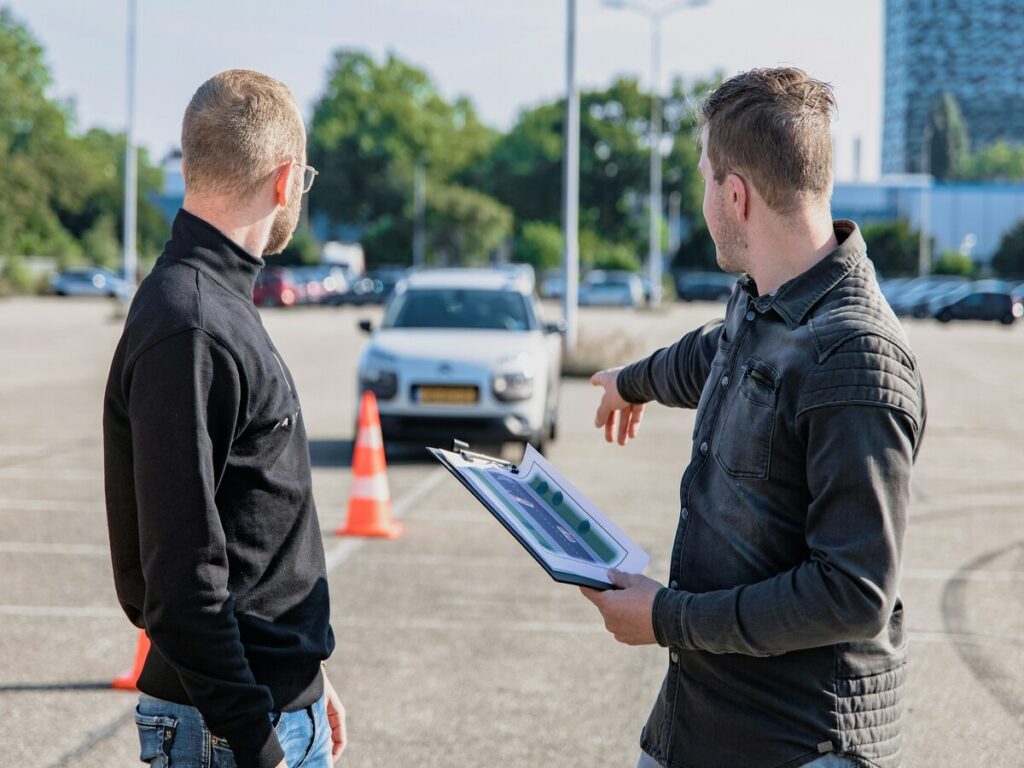
트래픽 콘 산업은 새로운 브랜드가 혁신적인 솔루션으로 시장에 진출함에 따라 경쟁이 급증하는 것을 목격하고 있습니다.. 이 신흥 플레이어는 품질을 결합한 제품을 제공함으로써 기존 제조업체에 도전하고 있습니다., 경제성, 고급 기능. 이 역동적 인 변화는 트래픽 콘 시장의 환경을 바꾸고 있습니다., 특정 요구 사항을 충족 할 수있는 더 많은 옵션을 제공합니다..
새로운 브랜드의 부상
새로운 브랜드는 혁신과 커스터마이징에 중점을 두어 자신의 표시를하고 있습니다.. 회사가 좋아합니다 OPT 표시 소개했습니다 트래픽 콘 그것은 다양한 응용 프로그램을 수용합니다. 예를 들어, OPT 표시 다양한 색상을 제공합니다, 오렌지 포함, 라임 그린, 파란색, 그리고 노란색, 업계 별 색상 코드 가이드 라인을 준수 할 수 있습니다. 이 유연성은 트래픽 콘이 안전 표준과 일치하면서 가시성을 향상시킬 수 있도록합니다..
신흥 브랜드는 또한 대량 사용자 정의에 중점을 둡니다, 비용 경쟁력을 유지하면서 원뿔의 특정 기능을 설계 할 수 있습니다.. 이 접근법을 사용하면 옵션을 혼합하고 일치시킬 수 있습니다, 기능과 미학을 모두 향상시키는 반 지원 제품을 만듭니다. 도로 공사를 위해 원뿔이 필요한지 여부, 교통 통제, 또는 다른 응용 프로그램, 이 브랜드는 요구 사항을 충족하기위한 맞춤형 솔루션을 제공합니다.
이 성장하는 경쟁은 소비자로서 당신에게 도움이됩니다. 더 많은 브랜드가 시장에 진입하면서, 품질을 결합한 광범위한 제품에 액세스 할 수 있습니다., 혁신, 그리고 경제성. 이 옵션을 탐색함으로써, 지속 가능하고 기술적으로 고급 솔루션을 지원하면서 특정 요구를 충족시키는 트래픽 콘을 찾을 수 있습니다..
변화하는 소비자 요구: 안전 및 사용 편의성 우선 순위
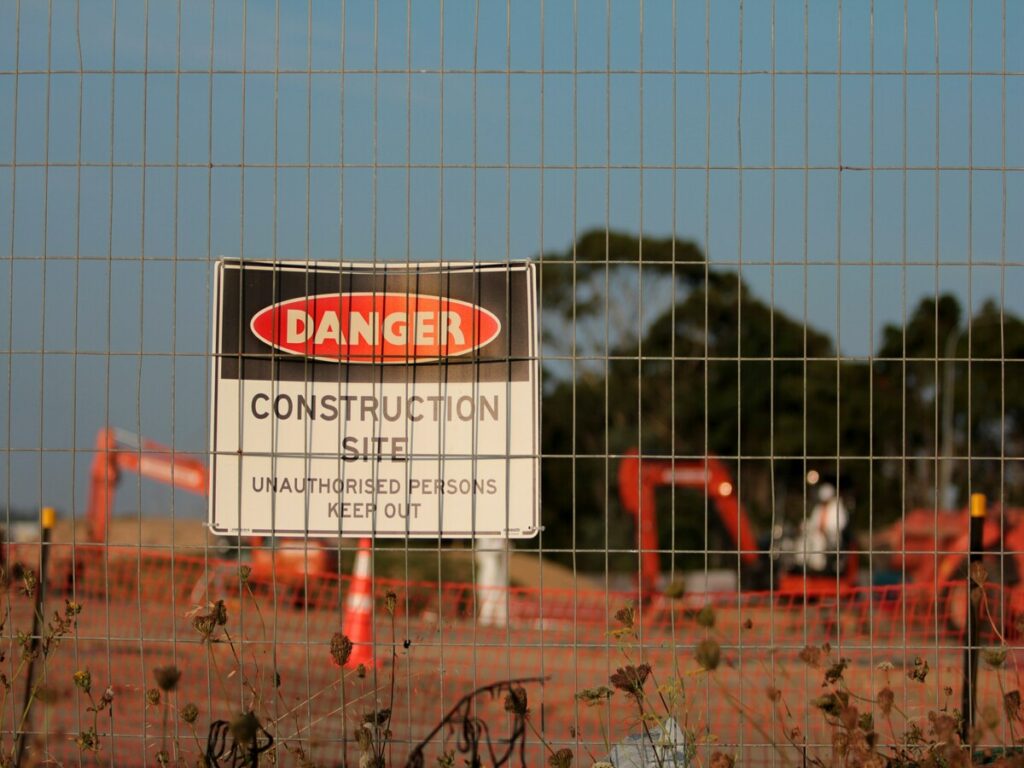
소비자가 안전과 편의성에 중점을 두면서 증가함에 따라, 트래픽 콘의 설계는 이러한 요구를 충족시키기 위해 적응합니다..
편의성과 가시성
교통 원뿔은 편의성과 가시성 향상에 대한 증가하는 수요를 충족시키기 위해 크게 발전했습니다.. 현대적인 디자인은 이러한 도구가 도로 안전을 촉진하는 데 매우 효과적인 상태를 유지하는 동시에 이러한 도구를보다 쉽게 처리 할 수 있도록하는 데 중점을 둡니다.. 이제 가벼운 트래픽 콘을 찾을 수 있습니다, 접을 수 있는, 저장하기 쉽습니다, 전문적 및 개인 용도에 이상적입니다.
가시성은 공공 안전 및 도로 안전을 보장하는 데 중요한 역할을합니다.. 현대 교통 원뿔은 반사 재료와 오렌지 및 라임 그린과 같은 밝은 색상을 통합하여 가시성이 높아집니다.. 이러한 특징은 원뿔을 멀리서 눈에 띄게 만듭니다, 저조도 또는 불리한 기상 조건에서도. 반사 스트립, 예를 들어, 소스를 향해 빛을 다시 튕겨냅니다, 운전자가 빠르게 발견하고 그에 따라 행동을 조정할 수 있도록.
접을 수있는 트래픽 콘 개인 및 조직을위한 편리한 솔루션으로 등장했습니다.. 이 원뿔은 보관 및 운송을 쉽게하기 위해 평평하게 접습니다, 비상 키트 또는 임시 용도에 적합합니다. 이식성은 중요한 상황에서 빠르게 배치 할 수 있도록합니다., 안전성과 효율성 향상.
Studies show that collapsible cones are gaining popularity due to their space-saving design and ease of use. They offer the same level of visibility and durability as traditional cones, making them a practical choice for various applications.
The focus on convenience and visibility reflects changing consumer demands. You now have access to traffic cones that prioritize ease of use without compromising on safety. By choosing products with advanced features, you contribute to creating safer roads and more efficient traffic management systems.
2025 Outlook: Opportunities and Challenges
올해 2025 presents a pivotal moment for the traffic cone industry. You will witness significant opportunities as well as challenges that will shape the market’s trajectory. Understanding future trends and preparing for them will help you make informed decisions, whether you are a consumer, 공급 업체, or policymaker.
Opportunities Driving Growth
- 기술 발전
Innovation will continue to redefine traffic management solutions. Smart traffic cones equipped with IoT connectivity, 센서, and automation features will dominate the market. These advancements will improve road safety and enhance the efficiency of emergency response systems. 예를 들어, smart cones will provide real-time data to traffic control centers, enabling quicker responses to emergencies and better traffic flow. - Sustainability Trends
The demand for eco-friendly products will grow rapidly. Manufacturers will focus on producing traffic cones made from recycled or biodegradable materials. 이 변화는 글로벌 지속 가능성 목표 및 소비자 선호도와 일치합니다.. 이 제품을 선택함으로써, 녹색 혁신을 지원하면서 환경 영향을 줄이는 데 기여합니다.. - 공간 절약 디자인
우주 절약 교통 원뿔, 플랫 팩 트래픽 콘 및 접이식 교통 안전 콘과 같은, 인기를 얻을 것입니다. 이 디자인은 배포 및 스토리지가 쉽습니다, 응급 응답자와 일상 사용자에게 이상적입니다. 그들의 컴팩트 한 특성은 그들이 빠르게 운송하고 배치 할 수 있도록, 특히 중요한 상황에서. - 인프라 투자 증가
전 세계 정부는 인프라 프로젝트에 많은 투자를 할 것입니다. 이 투자는 건설 구역 및 도로 수리의 필수 안전 마커로서 트래픽 콘에 대한 수요를 이끌어냅니다.. 개발 지역, 특히, 도로 네트워크 확대와 도시화로 인해 시장에서 빠른 성장을 경험할 것입니다..
극복해야 할 도전
- 원자재 비용 상승
원자재 비용이 증가 할 것입니다, 생산 비용에 영향을 미칩니다. 제조업체는 품질을 손상시키지 않고 경제성을 유지하기 위해 혁신적인 방법을 채택해야합니다.. 균형 비용과 지속 가능성은 핵심 도전으로 남아있을 것입니다. - 엄격한 규정
새로운 안전 표준은 높은 성능 벤치 마크를 충족시키기 위해 트래픽 콘이 필요합니다.. 이 규정은 제조업체가 더 혁신하도록 강요 할 것입니다, 제품을 보장하면 야간 가시성이 향상됩니다, 내구성, 그리고 기능성. 이것은 고품질 제품에 대한 기회를 만듭니다, 또한 연구 개발에 대한 상당한 투자가 필요합니다. - 시장 경쟁
새로운 브랜드의 부상은 경쟁을 강화할 것입니다. 기존 플레이어는 고유 한 기능을 제공하여 스스로를 차별화해야합니다., 고급 안전 마커 또는 스마트 기술과 같은. 당신과 같은 소비자는이 경쟁에서 혜택을받을 것입니다, 필요에 맞는 광범위한 옵션에 대한 액세스. - 비상 대비
비상 대응자는 교통 원뿔에 더 의존하여 응급 대응 승무원을 보호하고 중요한 상황을 효과적으로 관리합니다.. 제조업체는 빠른 배포와 높은 가시성을 보장하는 설계 우선 순위를 정해야합니다.. Flatpack Traffic Cones와 같은 제품은 이러한 요구를 해결하는 데 중요한 역할을합니다..
볼 미래의 트렌드
- 스마트 기술을 트래픽 콘에 통합하면 더욱 확대됩니다.. 자율 주행 차량 및 지능형 운송 시스템과 완벽하게 상호 작용하는 원뿔을 기대할 수 있습니다..
- 지속 가능성은 원동력으로 남아있을 것입니다. 녹색 재료와 저탄소 제조 공정은 업계의 표준 관행이 될 것입니다..
- 편의에 대한 소비자 수요가 증가 할 것입니다. 가벼운 중량, 접을 수 있는, 사용하기 쉬운 디자인은 시장을 지배 할 것입니다, 기능과 이식성을 모두 제공합니다.
당신이 앞서 보면서 2025, 교통 안전 콘 산업은 흥미 진진한 발전을 약속합니다. 미래의 트렌드와 도전에 대한 정보를 유지함으로써, 우선 순위에 맞는 선택을 할 수 있습니다, 그들이 안전을 포함하는지 여부, 지속 가능성, 또는 혁신.
교통 안전 콘 산업은 혁신적인 시점에 서 있습니다., 기술과 지속 가능성의 발전에 의해 주도됩니다. 현대 교통 안전 콘은 단순한 목재 마커에서 반사 재료와 LED 조명과 같은 스마트 기능이 장착 된 혁신적인 도구로 진화했습니다.. 이러한 혁신은 도로 안전을 향상시키고 지능형 운송 시스템의 요구에 적응합니다.. 친환경 설계 및 고급 탐지 시스템에 투자함으로써, 제조업체는 환경 문제와 자율 주행 차의 문제를 해결합니다.. 앞서 보면서, 이러한 발전을 지원하면 더 안전합니다, 더 똑똑합니다, 보다 지속 가능한 트래픽 솔루션.

